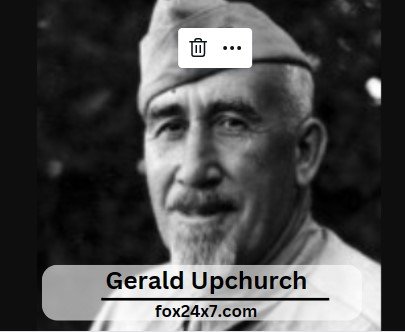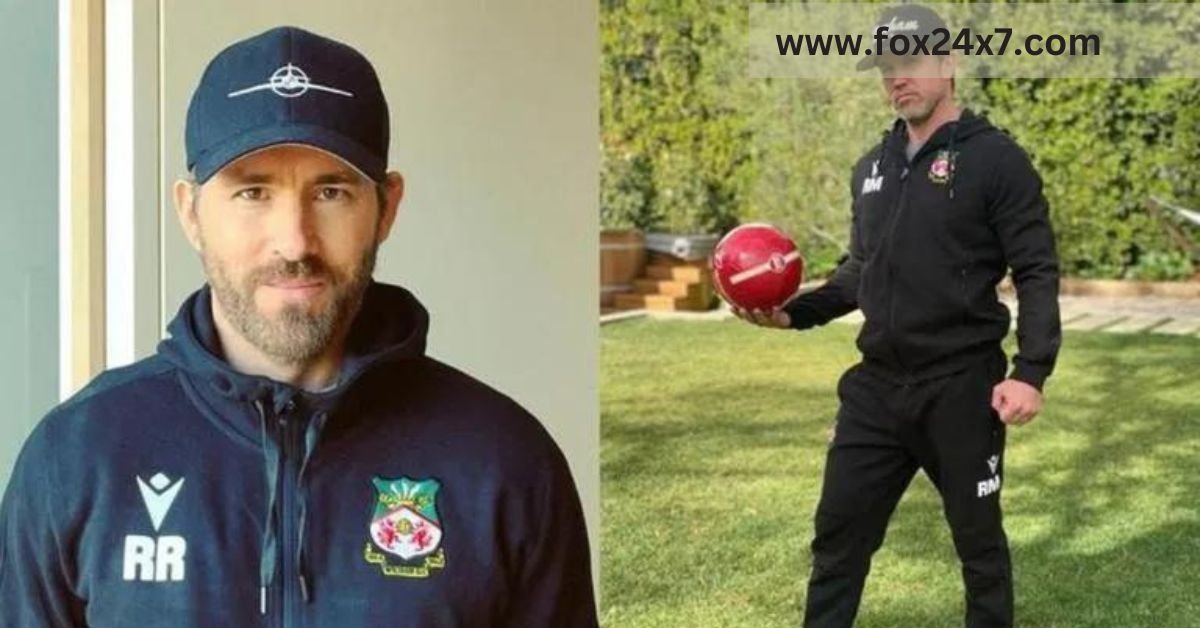 Charlie Manson, This is a digitalized version of an article taken from Charlie Manson The Times’s printed archive. It was published before online publication began in 1996. The Times doesn’t alter, modify, or update these articles to preserve their original appearance.
Charlie Manson, This is a digitalized version of an article taken from Charlie Manson The Times’s printed archive. It was published before online publication began in 1996. The Times doesn’t alter, modify, or update these articles to preserve their original appearance.
Sometimes, the digitization process can introduce transcription errors or other issues. We are still working to fix these archived versions.
LOS ANGELES. The day was soft and bright. It was the kind of sunny Saturday that floods the beaches, tennis courts, and gardens of Southern California with enthusiastic, pleasure-seeking multitudes. Police were summoned to an expensive, isolated home on Cielo Drive in Hollywood, just before noon. They found a horror scene that was unimaginable: Five people were brutally murdered including Sharon Tate (a beautiful, blonde film actress, who was eight-and-a-half months pregnant). On the front door, the word “pig” was written in blood.
“Neither repented nor did they repent of their murders or of their sorceries nor of the fornication nor of any of their thefts.”
–REVELATION, ix, 21.
“Why don’t we do it on the road?”
–THE BEATLES.
Terror swept through the beaches and tennis courts, gnawing at the August sun. Angelenos bought guns, watchdogs and private police, as well as burglar alarms and traded theories about the murders behind their padlocked doors.
Hollywood continued to make movies. Hollywood continued to make movies and harass the press agents who were there. Roman Polanski (screen director), Miss Tate’s husband called a press conference in defence of his wife and said that their unborn child “had been her most beautiful picture.” He also took the opportunity to pose for photographs in their blood-stained living area.
Even Polanski’s performance couldn’t stop the rumours. The murderer was a drug pusher and a victim of past sexual abuse. He also “rough traded” on Sunset Strip for games and fun.
A friend had become violent and freaked out about speed. The common thread in all the stories was that the victims somehow brought the murder on them and that they were the ones responsible. This attitude was summarized in the epigram, “Live freaky, Die freaky”.
Police made no progress for months. Police announced the discovery of a “major clue”–a pair of eyeglasses that would limit the suspects to several millions of myopic men with heads like bullets.
They began to hear rumours about a “roving” family of young people, mostly from middle or upper-middle-class backgrounds and slavishly dedicated to a bearded Guru who had been arrested in the Death Valley desert for stealing cars.
The police were contacted by a member of a motorcycle gang, who then gave Susan Denise Atkins (one of the desert girls) some information about the band’s deadly activities.
Police announced on Dec
Police announced on Dec. 1 that warrants had been issued for the arrest of three young men: Linda Kasa bian (20 years old), Patricia Krenwinkel (21) and Charles (Tex) Watson (24) After deliberating for 20 minutes, a grand jury indicted the three plus Miss Atkins, Miss Krenwinkel, and Charles Manson (35-year-old leader) for the Tate murders.
The grand jury also indicted the five plus Leslie Van Houten (19), for the murders of Rosemary La Bianca and Leno, the wealthy owners of grocery stores, who were killed the day after Miss Tate.
Public panic erupted after the arrests
Public panic erupted after the arrests. All the rumours seemed to be false suddenly. A feature that detailed 20 theories regarding the Tate murders was removed from a national magazine. Miss Atkins claims that the murderers did not know the identities of their victims. The deaths were random and arbitrary. Anyone could die “freaky”.
The police believe Miss Atkins is lying because she has details that only the murderers would have known. However, her explanation of the motive for the crime remains murky. Manson instructed his followers to commit the murders, she stated in a newspaper article.
Terry Melcher
This was because Terry Melcher (a record producer and the child of Doris Day) had not kept a promise that he would help Manson obtain a record contract. Miss Atkins stated that the group was trying to incite a race war between blacks and whites.
It is not clear if Miss Atkins is lying and whether Charlie Manson, his “family”, committed murder. This question can only be answered after what will likely be a long and publicized trial. (Pretrial publicity was so extensive that the judge ordered all principals to refrain from making any public comments that could prejudice a juror.
Manson and his bizarre family of young wanderers cannot be denied. They lived on the margins of hostile societies and were a fundamental challenge to the institutions and values of their parents. Where were they from? What was their life like? How did they get to the crowded courtroom where a nervous assistant district lawyer informed them they were being charged with murder?
A series of horrific murders have been linked to the group. Beyond this, it is worth looking at the lives of its members. It raises troubling questions about society as a whole.
Manson is the most interesting, and in some ways, the most difficult-to-understand member of the family. His life is a testament to parental neglect, as well as the failure of public correctional systems.
Charles Miles Manson was the son of Kathleen Maddox, a teenage prostitute, and one of her boyfriends (a man only known as “Colonel Scott”), and the pregnant girl had married William Manson.
He quickly fled the scene. In 1939, Mrs Manson was charged with robbery and the boy was sent to live in the home of his aunt and grandmother near Wheeling, W. Va. Charles later recalled his aunt as a “harsh disciplinarian,” while his uncle secretly gave him money to go on fishing and hunting trips.
After her uncle fell ill with tuberculosis in his lungs, Mrs Manson was released from jail and reclaimed her son. She moved to Indianapolis.
love with her charming little boy
In later years, Mrs Manson remembered that many people fell in love with her charming little boy. Although she promised to provide a loving home for him, her vows were soon broken by alcohol and men.
She would make him go to sleep, then tell him she would only be out for an hour and then let him stay there all night. She gave 50 cents to the child and made another promise when the guilt flooded in. She also abused him at other times.
Mrs Manson attempted to place Charlie in a foster home, but it fell through. She then sent Charlie to Terre Haute’s Gibault School, a boy’s school run by Catholic priests. Charlie returned home after she couldn’t keep up with the payments.
He told the juvenile authorities that he didn’t want his mother to live in sin. He was only 14 years old when he rented a room and worked odd jobs and petty theft to support himself. He was turned in by his mother to the juvenile centre of the city, where he met Rev. George Powers, a Catholic priest.
Recalls Father Powers
“This particular boy appeared very lonely, just wanting attention and affection,” recalls Father Powers. She arranged for Charlie’s trip to Boys Town in Omaha, Neb.
The youth dis was a charismatic personality, which is one of his most prominent adult traits. The priest recalled, “He was a beautiful kid for his age. He was warm and friendly; he won everyone over.” A friend recently said that Charlie had to be persuasive in order to survive. He would have died long ago if he had not been persuasive.
Charlie spent three days in Boys Town
Charlie spent three days in Boys Town before he ran away with a companion named Blackie Nielson. Charlie Manson were restrained for robbing Peoria’s grocery store. After he returned to Indiana, Charlie was sent to Plain field at the Indiana Boys School. He fled 18 times before being arrested in Beaver City (Utah) for stealing a car. He ended up at the National Training School for Boys, Washington, D. C.
Charlie was released in 1954 and returned to West Virginia where he married Rosalie Jean Willis within months. He began stealing cars and became pregnant. Manson was already in Los Angeles jail when the baby was born.
Rosalie moved to California in order to be closer to her husband. Kath Allen Manson showed rare maternal compassion and was able to care for her grandson. Charlie was released in August 1958. His mother and wife had left him. He was also arrested for pimping and car theft.
In 1960, he was convicted of forging Government checks. He was sentenced to a 10-year term. Manson spent his time in McNeil Island Penitentiary, Washington. He studied philosophy and learned to play the guitar. He was a habitual probation violator and was not eligible for parole. He served seven years before his release in March 1967.
The long stretch was not a success
The long stretch was not a success. One acquaintance said that Charlie’s roots are in the penal system. “Inside, one must be aware of all things, and Charlie came out looking like a cat. Charlie was a fighter against all odds. Charlie was always aware of anything that happened within 100 miles. He would cause a room every time he entered it like an animal. What were the windows? What was the fastest way out?
He never sat down with his back against the door.” A man who has served 10 years in prison said that he knew many men like Charlie, little magicians whose eyes can really ly psyche you out. You know that time builds character. You discover how much you can take, and how much you can give.
Man’s son was soon released and made his way to Haight Ashbury in San Francisco, where the hippie movement was still in its infancy. True hippies were gentle people who believed in peace, love, and sharing and had a sense of direction and self-worth. The hippies’ story was quickly spread by the media. Charlie Manson, They were soon overtaken by motorcycle gangs, runaway teens, and other mentally deranged people who found their openness too appealing.
Manson’s probation officer recalls that he was initially “shaken” by native friendliness, but he soon learned how to make use of it. Manson was a small man 5′ 7″ tall with chestnut hair, burning eyes and chestnut hair. He began to gather a harem from young, impressionable women Charlie Manson who fled to the Haight to find the love they were looking for. Manson was a charming man with a gentle voice, a sweet smile, and a smooth line in his speech.
He was magnetic. One of his daughters said that his motions seemed to be like magic. Susan Atkins recalls: “One day, an innocent little man entered with a guitar and began singing for a group …..” His voice hypnotized me, even before I saw him. He was singing
while I was still in my kitchen. He was the one I fell in love with when I saw him.” Manson’s courtships were described by an observer: “You either hated Charlie, or you had strong feelings for him. He was straight to the point; he saw through the pitter-patter. It was sex and the women knew that; there was no foreplay.
Charlie Manson was “beautiful” to his daughters and “loved all of us completely.
Also, Read








![Buying the Dip: The Meaning And Its Importance [Markets Strategy] Buying the Dip](https://fox24x7.com/wp-content/uploads/2021/11/Buying-the-Dip--180x135.jpg)



























